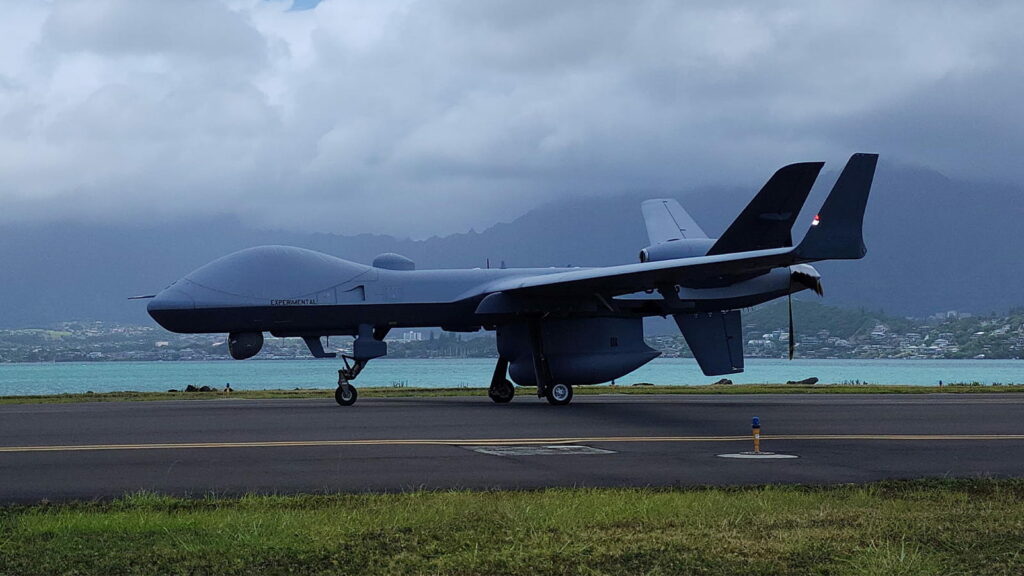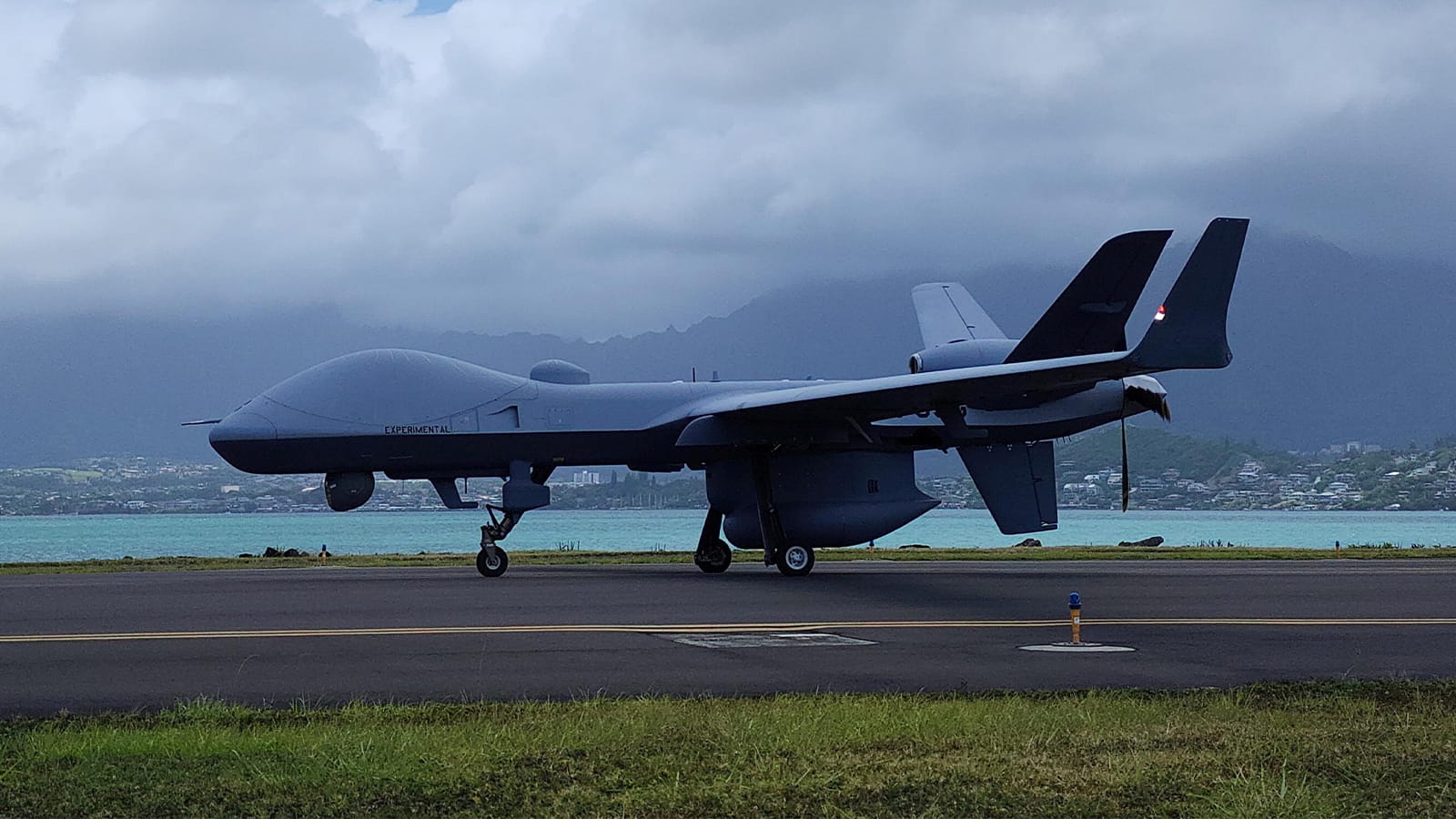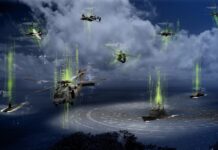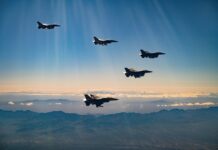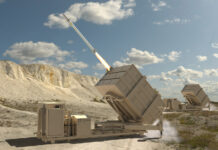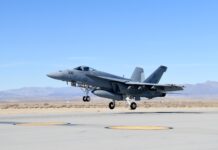Raytheon has offered more details about how its SeaVue Multi-role Radar (SMVR) was employed during the US Navy’s recent Rim of the Pacific (RIMPAC) exercise, where the SMVR was installed in a General Atomics Aeronautical Systems Inc MQ-9B SeaGuardian unmanned aerial vehicle (UAV).
RIMPAC, the world’s largest international maritime exercise, this year took place over four weeks in and around the Hawaiian Islands, with the exercise’s flight operations concluding on 28 July.
On 19 July 2024, during a live-fire sinking exercise (SINKEX) involving the decommissioned US Navy amphibious assault ship Tarawa, the SeaGuardian used the SMVR to survey multiple targets and send track data to F/A-18 E/F Super Hornet aircraft. The Super Hornets were then able to use the data provided by the radar to successfully fire a Long-Range Anti-Ship Missile (LRASM) at Tarawa, showcasing the SVMR’s net-enabled, long-range weapons employment capabilities.
“SVMR proved its ability to capture high-fidelity targeting data needed for successful weapons engagement in a maritime environment,” Bryan Rosselli, president of Advanced Products & Solutions at Raytheon, was quoted as saying in a company press relerase. “The live-fire exercise enabled us to test and validate SVMR to ensure it can provide the situational awareness required in an operational environment, allowing faster decision making and more efficient kill chains,” he added.
Otherwise known as the AN/APS-148, SVMR is an X-band, software-defined radar derived from Raytheon’s AN/APS-137 radar. It provides all-weather surveillance and superior multi-mission performance for crewed aircraft as well as UAVs, including fixed-wing, rotary-wing and aerostat platforms.
